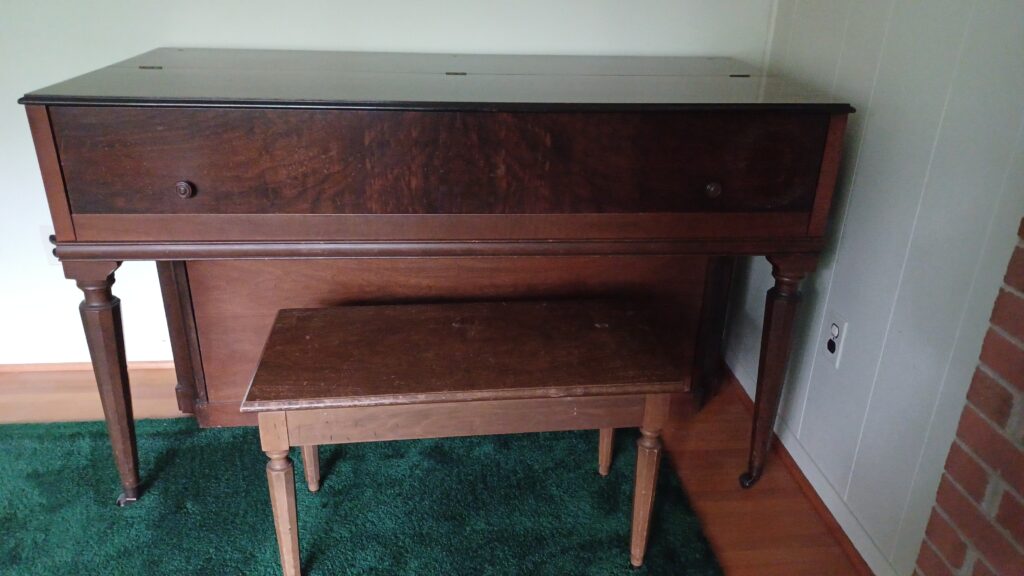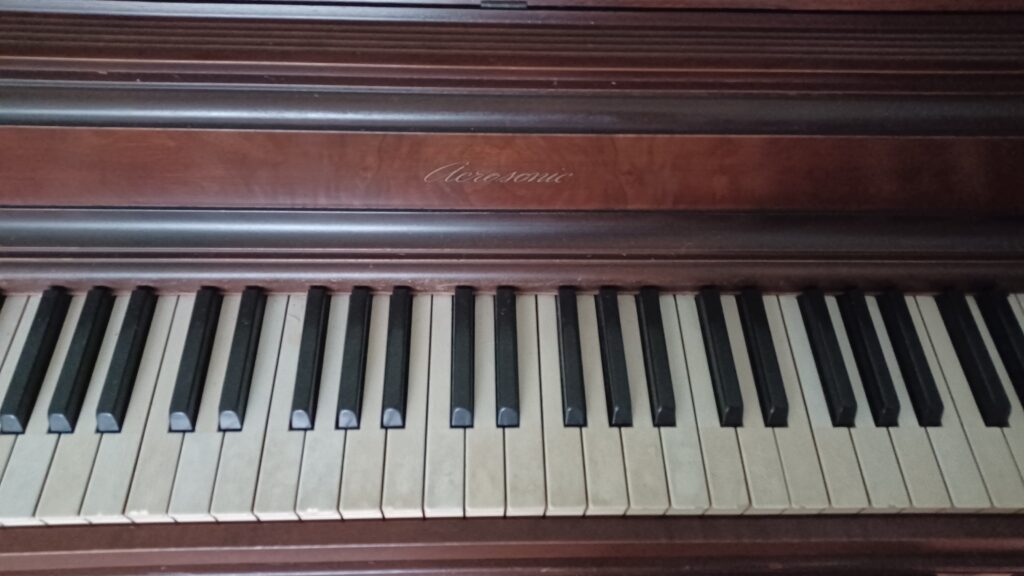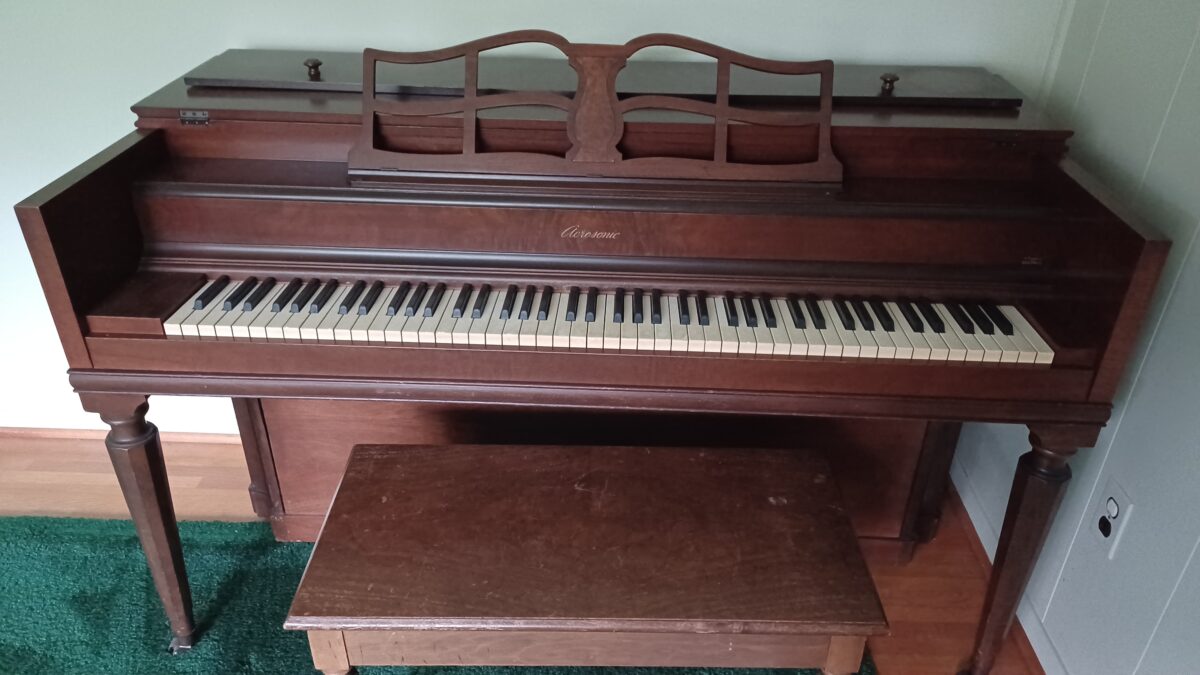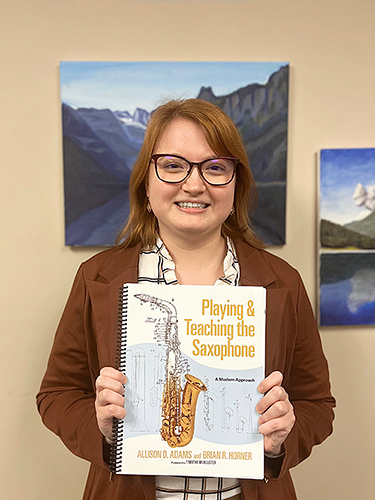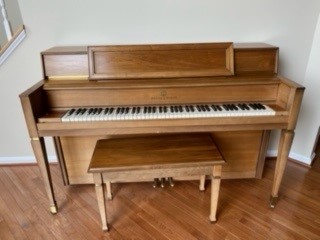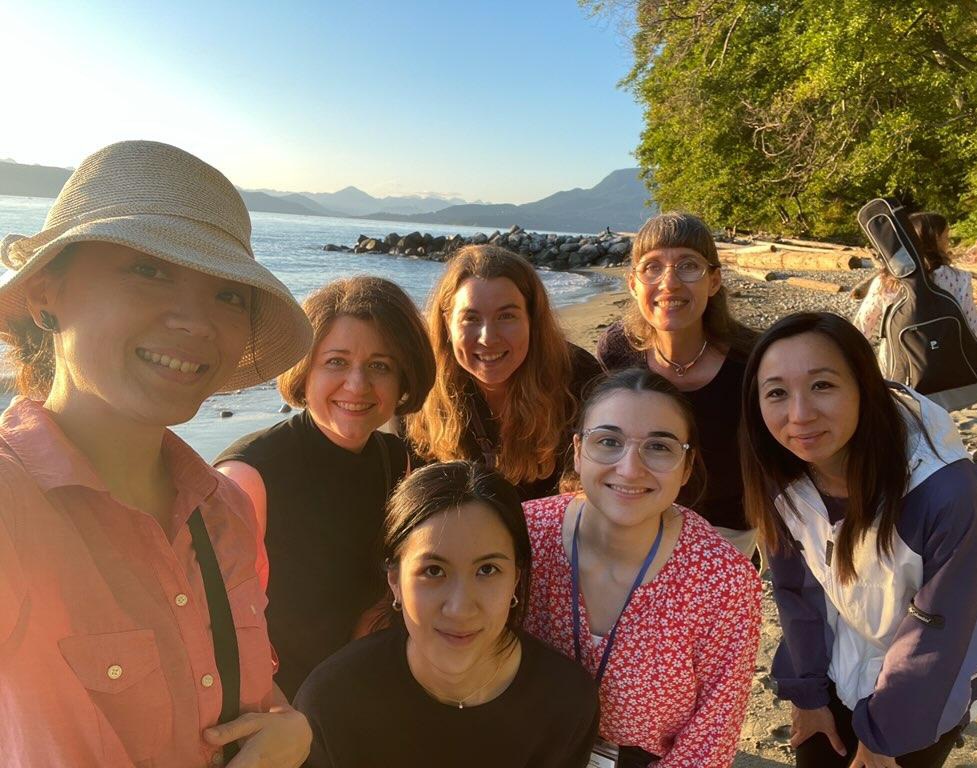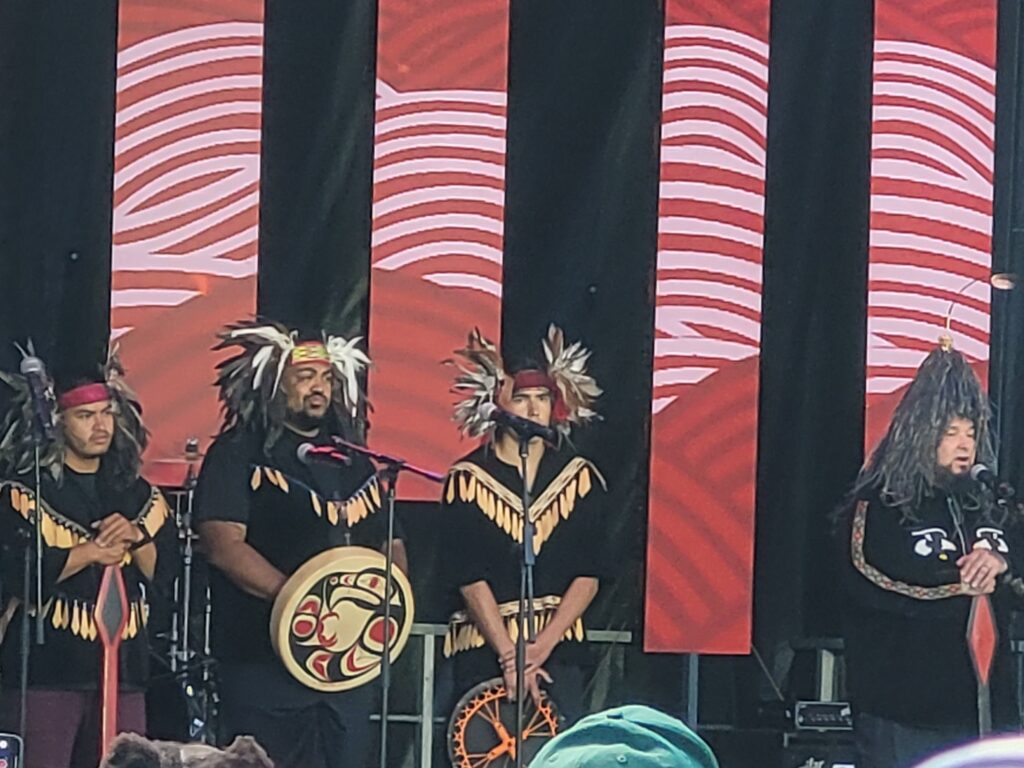A generous family from Annandale, VA recently contacted the Academy about gifting their Baldwin Acrosonic Spinet piano to a good home. If anyone is interested in accepting this gift, please contact us ASAP. Note: the piano has one or two sticky keys.
The piano is approximately 60 years old and is free of charge; however, the family requests the recipient to pay for the moving expense, which averages around $250-300 (when using a professional piano moving company) depending on the distance traveled, number of stairs involved, etc. Also, acoustic pianos usually require a tuning from a professional piano tuner after a move as well.
If you think you have a need (and a space) for this piano, it’s a great opportunity to look into. We will handle this on a first-come, first-serve basis. Please email us at academy@gmu.edu (no phone calls please) and put “Piano Available to Good Home” in the subject (or simply Reply to the Newsletter email). A recipient will be matched as soon as possible.
Please note that these opportunities typically come up several times throughout the year, so keep checking the Academy Newsletter!
